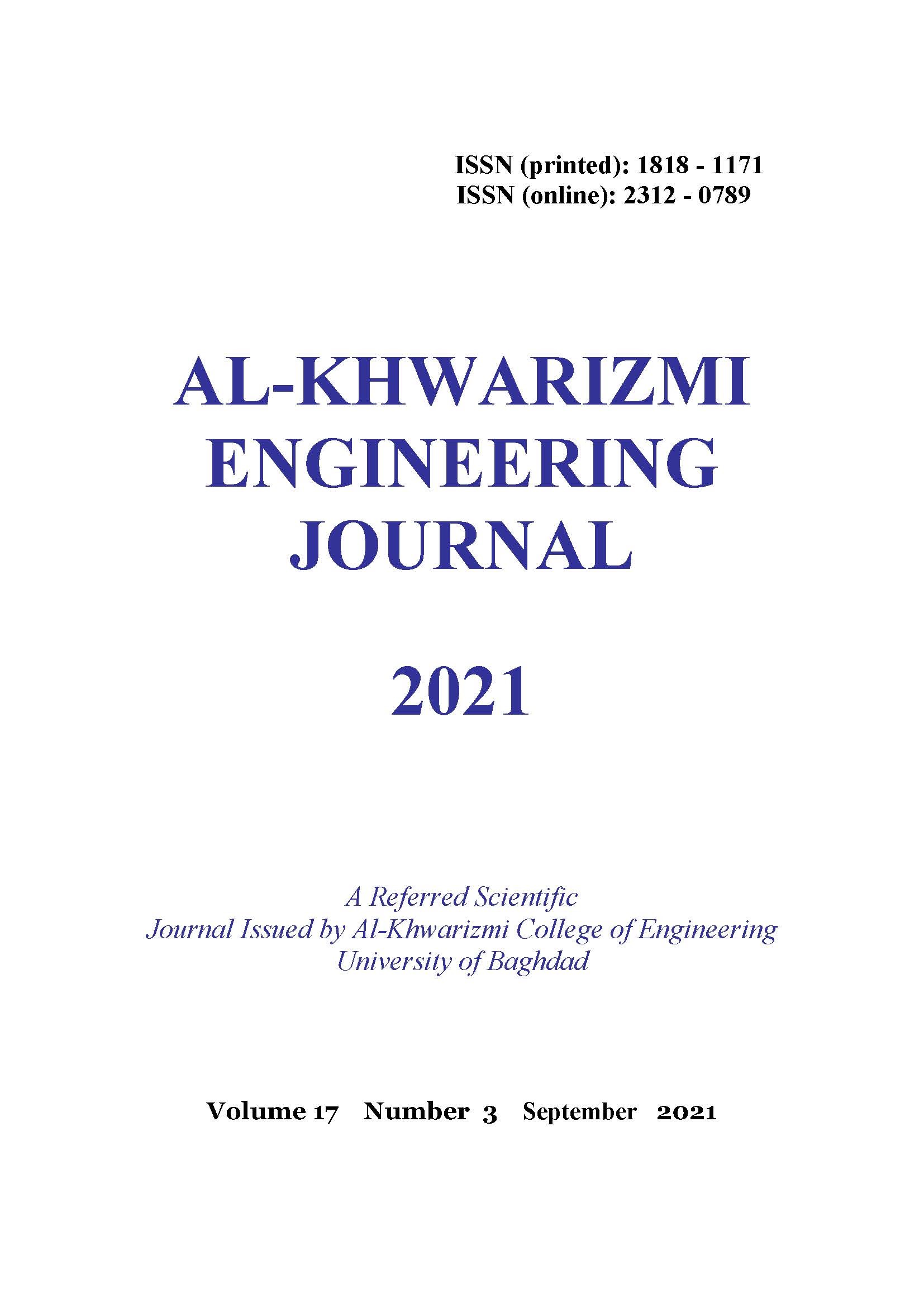Dehydration of Ethanol Using Pervaporation Separation with Nanoporous Hydrophilic Silica Ceramic Membrane
Keywords:
Pervaporation, ethanol dehydration, bioethanol, hydrophilic ceramic membrane, silicaAbstract
The pervaporation using a commercial hydrophilic ceramic membrane supplied from PERVATECH was conducted. The dehydration of ethanol/ water system was used as a model for the pervaporation study. Pervaporation experiments of ethanol/water system were carried out in the temperature range of 303-343K, ethanol concentration in the feed 10-90 vol. % and the feed flow rate in the range of 0.5-10 L/min. In this work, the effect of operation parameters on permeates fluxes as well as permeates separation factors have been studied. The Water flux is strongly dependent on the temperature; it increased with increasing in temperature, which in turn decreased the selectivity of membrane to water molecules.
In addition water flux was decreased with increasing of ethanol concentration and increased with increasing feed flow rate. The optimal operational conditions of pervaporation process are: T=333 K, feed flow rate 6 L/min, and 90 vol.% ethanol concentration in the feed. High values of water flux and separation factor were obtained. The final results agreed well with other studies reported in the literature.
Downloads
Downloads
Published
Issue
Section
License
Copyright: Open Access authors retain the copyrights of their papers, and all open access articles are distributed under the terms of the Creative Commons Attribution License, which permits unrestricted use, distribution, and reproduction in any medium, provided that the original work is properly cited. The use of general descriptive names, trade names, trademarks, and so forth in this publication, even if not specifically identified, does not imply that these names are not protected by the relevant laws and regulations. While the advice and information in this journal are believed to be true and accurate on the date of its going to press, neither the authors, the editors, nor the publisher can accept any legal responsibility for any errors or omissions that may be made. The publisher makes no warranty, express or implied, with respect to the material contained herein.












